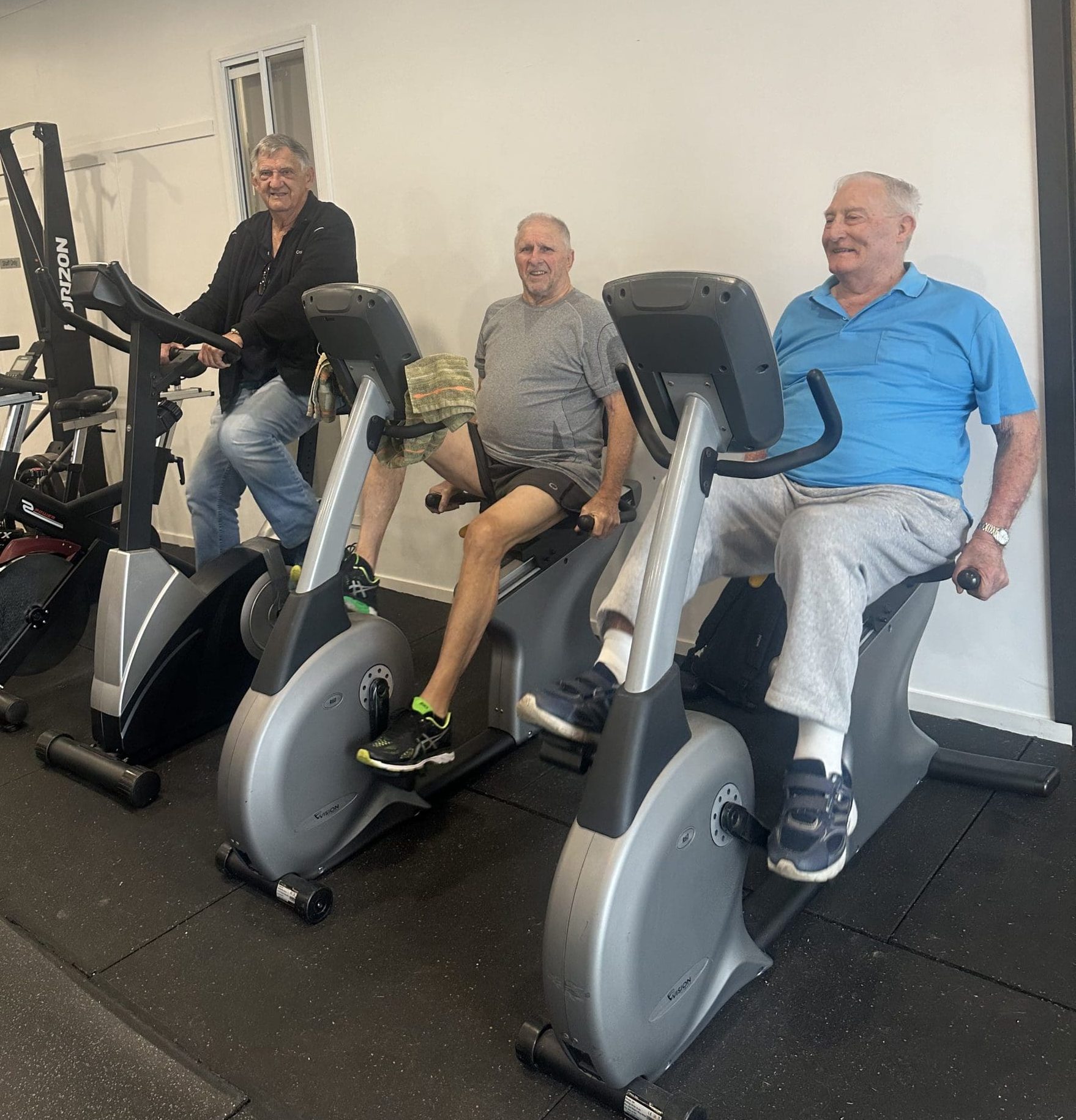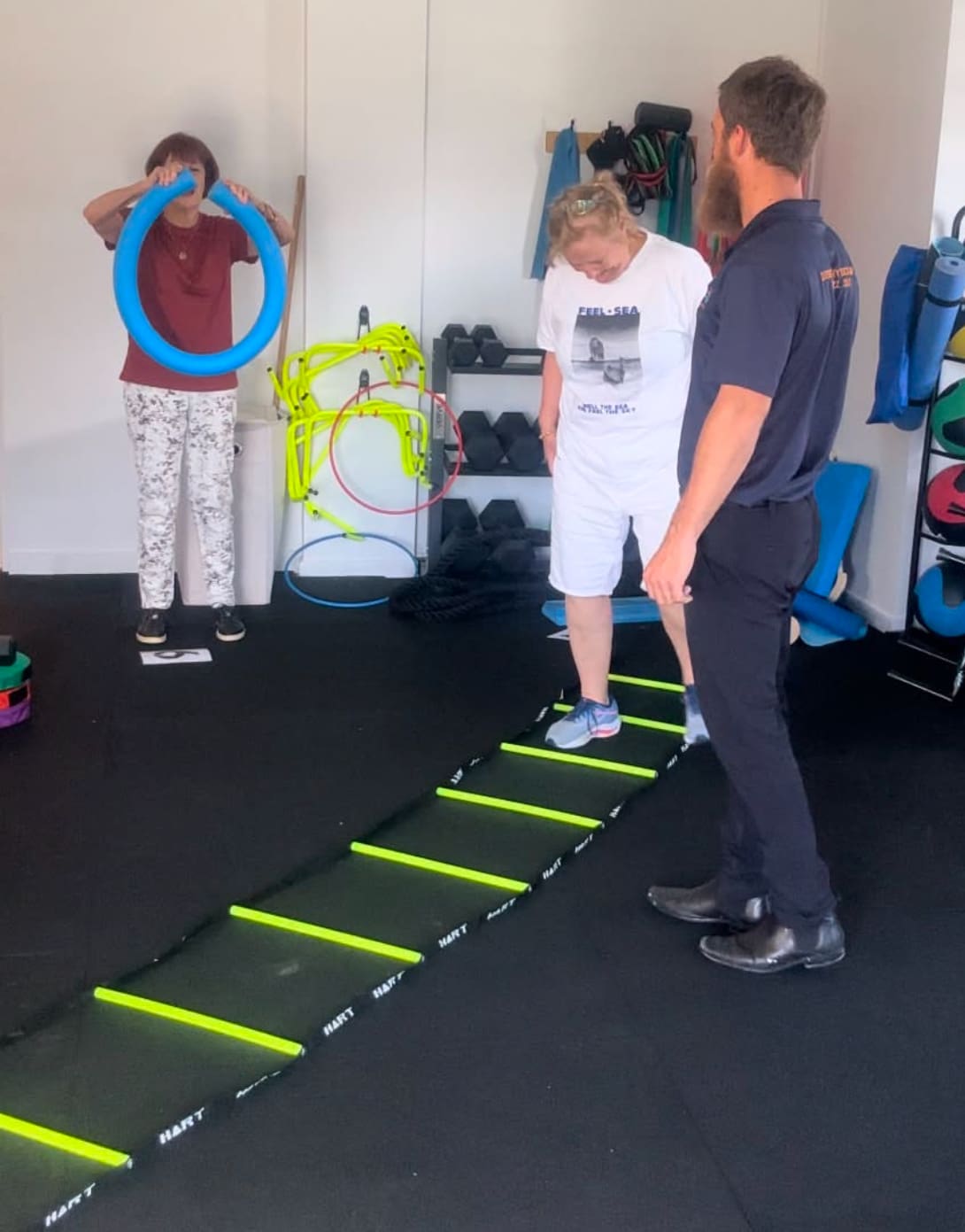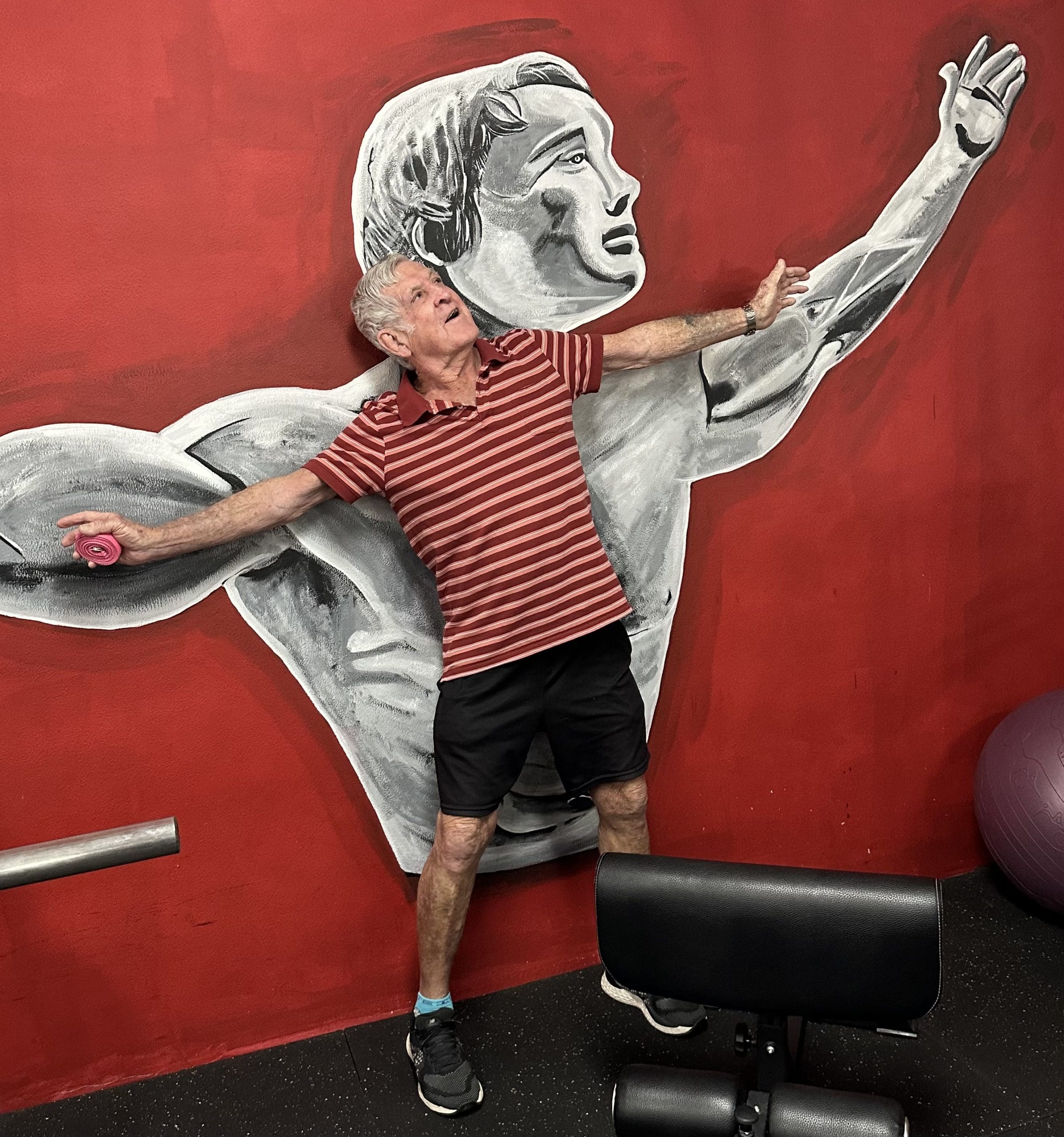Exercise Physiology for Seniors Help Manage Chronic Conditions and Stay Active

As we age, maintaining strength, mobility, and independence becomes crucial for a good quality of life. Exercise Physiology for Seniors can help when older adults face health challenges like arthritis, balance issues, or recovering from surgeries that can make physical activity difficult. However, staying active is one of the most effective ways to manage these conditions and prevent further health complications.
For seniors—or family members helping their parents—this blog will explain how an Exercise Physiologist can create tailored programs to safely manage chronic conditions, improve physical health, and maintain independence.
How Exercise Physiology for Seniors Supports Healthy Ageing
Regular physical activity is more than just a way to stay fit—it plays a critical role in preventing and managing chronic diseases. According to the Australian Institute of Health and Welfare, in 2018 physical inactivity contributed significantly to major health risks including:
- Coronary heart disease
- Dementia
- Stroke
- Type 2 diabetes
- Cancers (including bowel and breast cancer)
For older adults, regular exercise helps improve muscle strength, flexibility, balance, and cardiovascular health while reducing the risk of chronic health conditions, falls and injuries. It also supports mental well-being by reducing anxiety and improving sleep. Whether seniors are managing a condition or aiming to stay active as they age, the right physical activity can enhance their quality of life.
Chronic Conditions Managed With Exercise Physiology for Seniors
1. Osteoarthritis and Joint Pain: a common challenge helped with exercise physiology for seniors
- The challenge: Osteoarthritis can cause pain, stiffness, and limited mobility, making daily tasks like walking or standing difficult.
- How exercise helps: Exercise reduces inflammation and strengthens muscles around the joints to improve function and relieve pain.
- EP’s approach: An Exercise Physiologist will create a low-impact routine that includes strength training, flexibility exercises, and aerobic activities to decrease pain, increase range of motion and delay further regression.
2. Balance Issues and Fall Prevention with Exercise Physiology for Seniors
- The challenge: Age-related muscle loss, coordination and reaction time increase the risk of falls, which are a major cause of injury and hospitalisation in older adults.
- How exercise helps: Targeted exercises build leg and core strength while improving coordination and reaction times.
- EP’s approach: Incorporating balance exercises, heel raises, and single-leg stands, as well as lower-body strength training to stabilise the body. Programs like BMF’s falls prevention classes provide supervised environments for seniors to exercise safely improve.
3. Post-Surgery Recovery with Exercise Physiology for Seniors
- The challenge: After surgeries like knee or hip replacements or cardiac procedures, regaining mobility and strength can be difficult and does require proper rehabilitation.
- How exercise helps: Gradual strengthening and movement exercises help restore function and prevent stiffness.
- EP’s approach: The Exercise Physiologist designs a post-surgery plan with each individual in mind. Programs can include gentle stretching, strength-building exercises, and aerobic movement to aid recovery without overexertion. Gradual increases can assist in safe return to normal activities post operation.
Exercise Physiology for Seniors: Staying Safe and Active
Exercise Physiologists bring expertise and structure to help older adults exercise safely while maximising benefits:
1. Personalised Programs:
- Tailored plans based on the senior’s health status and specific goals, such as regaining strength after surgery or improving mobility.
- Each individual has walked different paths, has different wants and needs, which is why every individual has their own unique program written and monitored by an exercise physiologist.
2. Monitoring Progress:
- Regular assessments to track improvements and adjust the plan when necessary to avoid stagnation or injury.
- Depending on the ailment, heart rate monitors can be used on-site, along with supportive braces, to enhance recovery.
3. Managing Pain and Fatigue:
- Incorporating low-impact exercises and recovery techniques to help seniors stay active without aggravating chronic pain.
4. Goal Setting:

- Establishing short- and long-term goals, such as walking unaided or reducing falls, to maintain motivation and measure progress.
- Programs like BMF’s healthy ageing classes encourage consistent participation and community engagement.
- Read BMF’s post on sustainable goal setting here.
Staying Active: Meeting Guidelines and Overcoming BarriersThe Australian physical activity guidelines recommend that older adults aim for 30 minutes of moderate activity on most days of the week. But for many seniors, challenges like fatigue, pain, or lack of motivation can make this goal feel out of reach. Here’s how to approach it successfully:
1. Start Small and Build Gradually
- If 30 minutes feels overwhelming, start with short 10-minute sessions once or twice a day. Gradually increase duration and intensity as your body adapts.
2. Incorporate a Mix of Activities
- Include aerobic, strength, flexibility, and balance exercises to cover all aspects of fitness. For example, brisk walking improves heart health, while leg raises enhance balance and reduce the risk of falls.
3. Build Activity Into Your Routine
- Small, everyday activities add up. Try doing kettle exercises while waiting for the kettle to boil, stretching during TV shows, or taking the stairs instead of the lift.
4. Overcome Common Barriers
- “I’m too tired.” Just 10 minutes of light movement can help boost energy levels.
- “I’m afraid I’ll get injured.” Supervised classes like falls prevention programs ensure you exercise safely with professional guidance.
- “I don’t have time.” Incorporate exercises into daily tasks like gardening, cleaning, or walking to the store.
5. Stay Consistent and Ask for Support
- Family members can encourage older loved ones by joining them for walks or group classes. Seniors who need more support can work with an Exercise Physiologist to develop and stick to an achievable plan.
Beneficial Exercises Recommended by Exercise Physiologists for Seniors
Seniors benefit most from a combination of the following types of exercises:
- Aerobic: Brisk walking, swimming, or cycling for heart health.
- Strength: Resistance training, chair squats, or lifting light weights for muscle mass.
- Balance: Heel raises, hallway exercises, and targeted single leg exercises to prevent falls.
- Flexibility: Stretching or yoga to improve range of motion and joint health.
Participating in group classes, such as BMF’s healthy ageing programs, can provide additional motivation and social interaction, making exercise a fun and sustainable habit.
Take the First Step Towards Better Health with Exercise Physiology for Seniors

Staying active is one of the most powerful ways for older adults to maintain their independence, manage chronic conditions, and improve their quality of life. Whether recovering from surgery, managing osteoarthritis, or aiming to reduce fall risks, the right exercise program can help seniors stay mobile and confident.
For family members concerned about their parents’ activity levels, encourage them to work with an Exercise Physiologist who can design a personalised program tailored to their needs.
Small steps lead to big changes. Click here Take the first step toward healthy ageing today with BMF.
